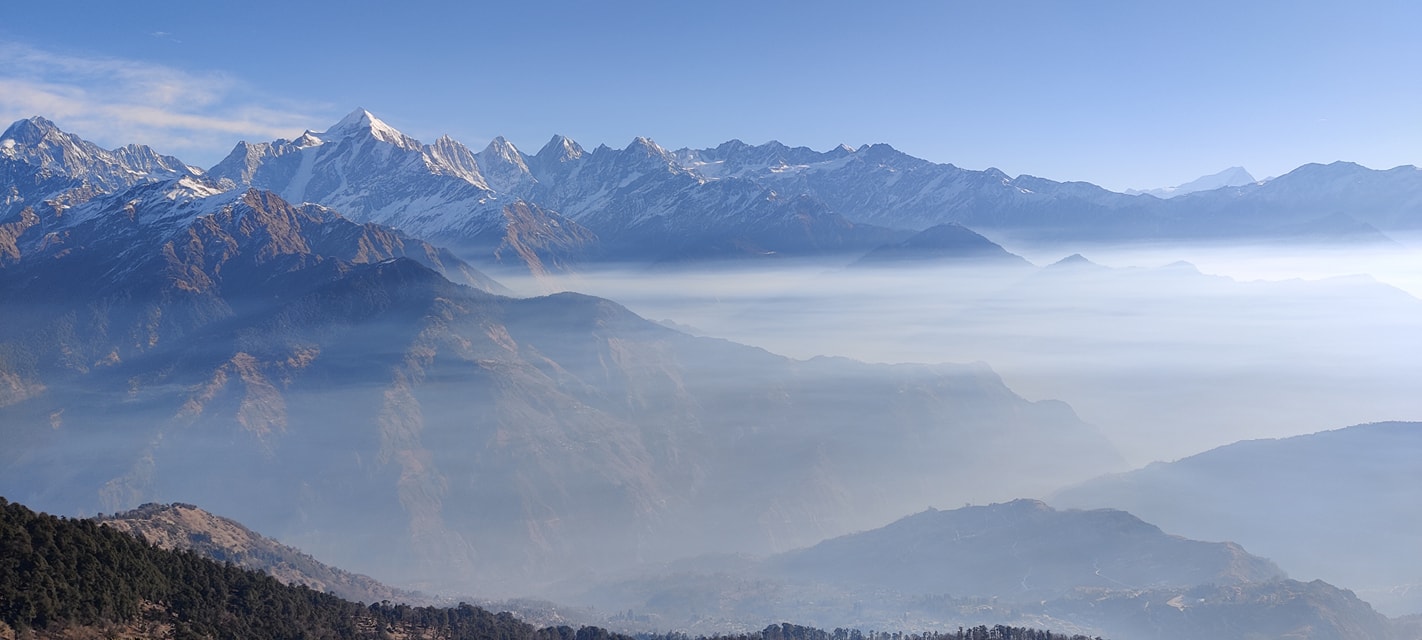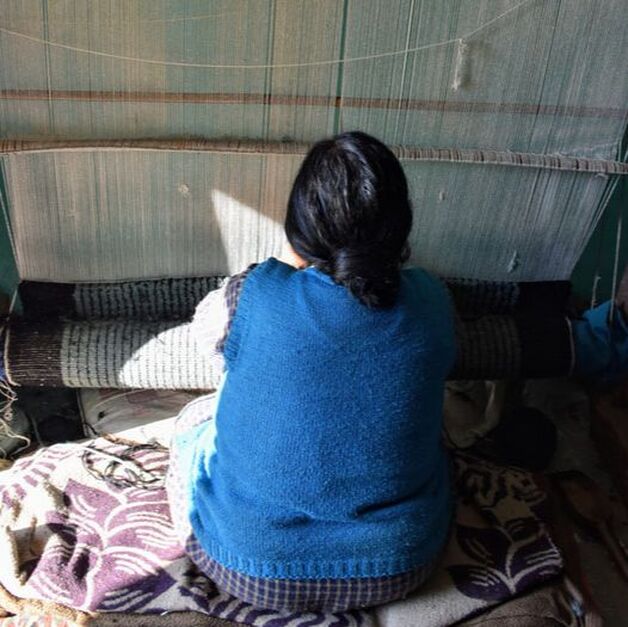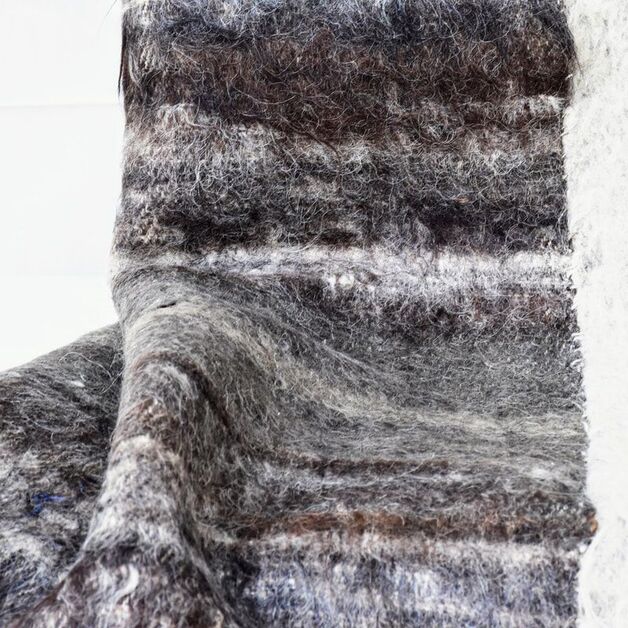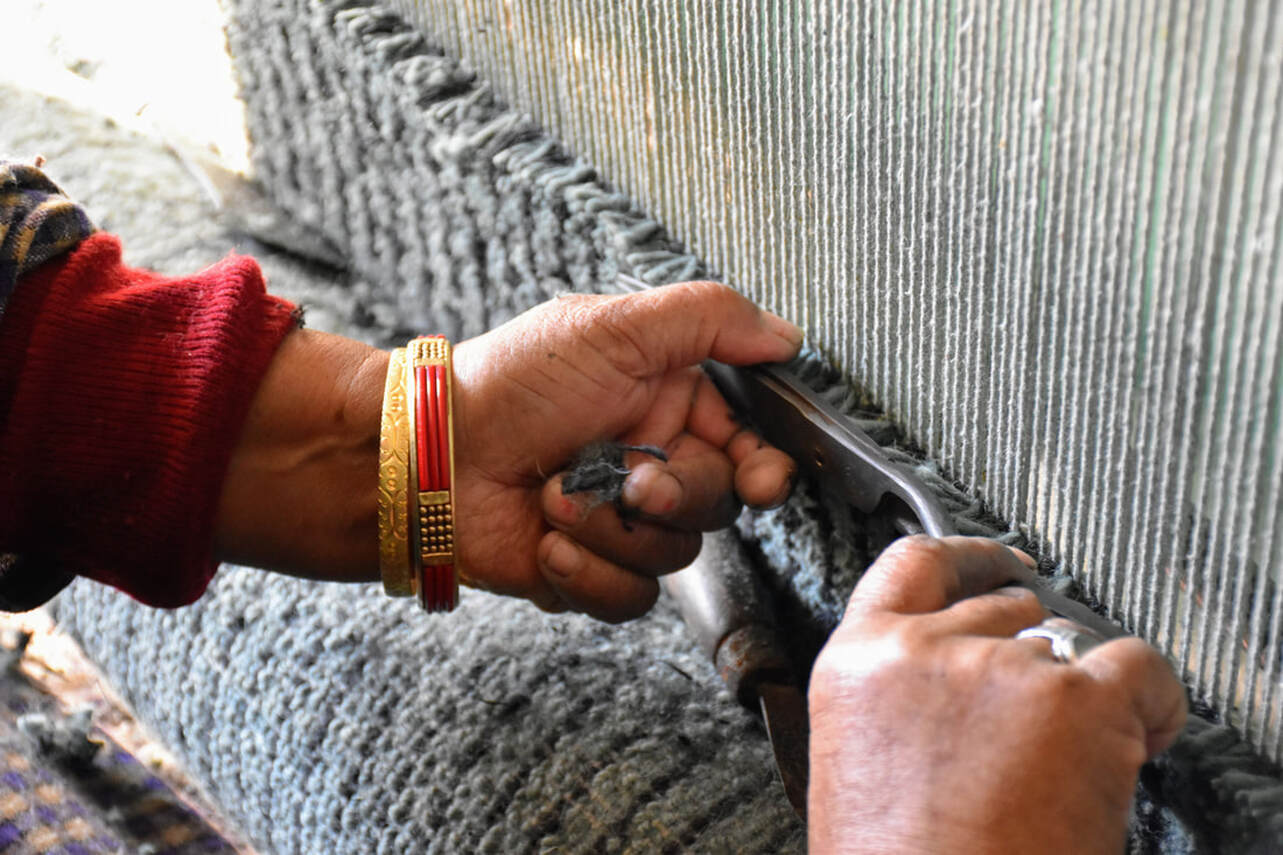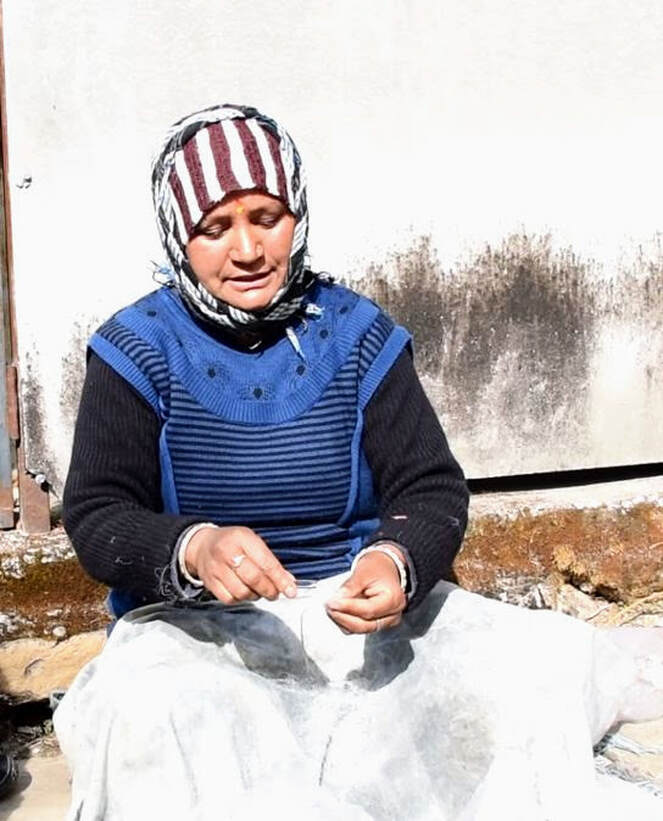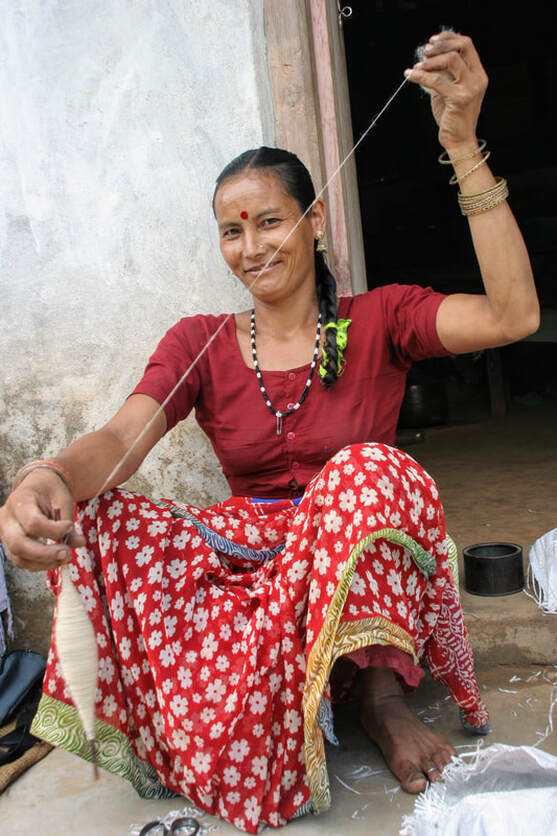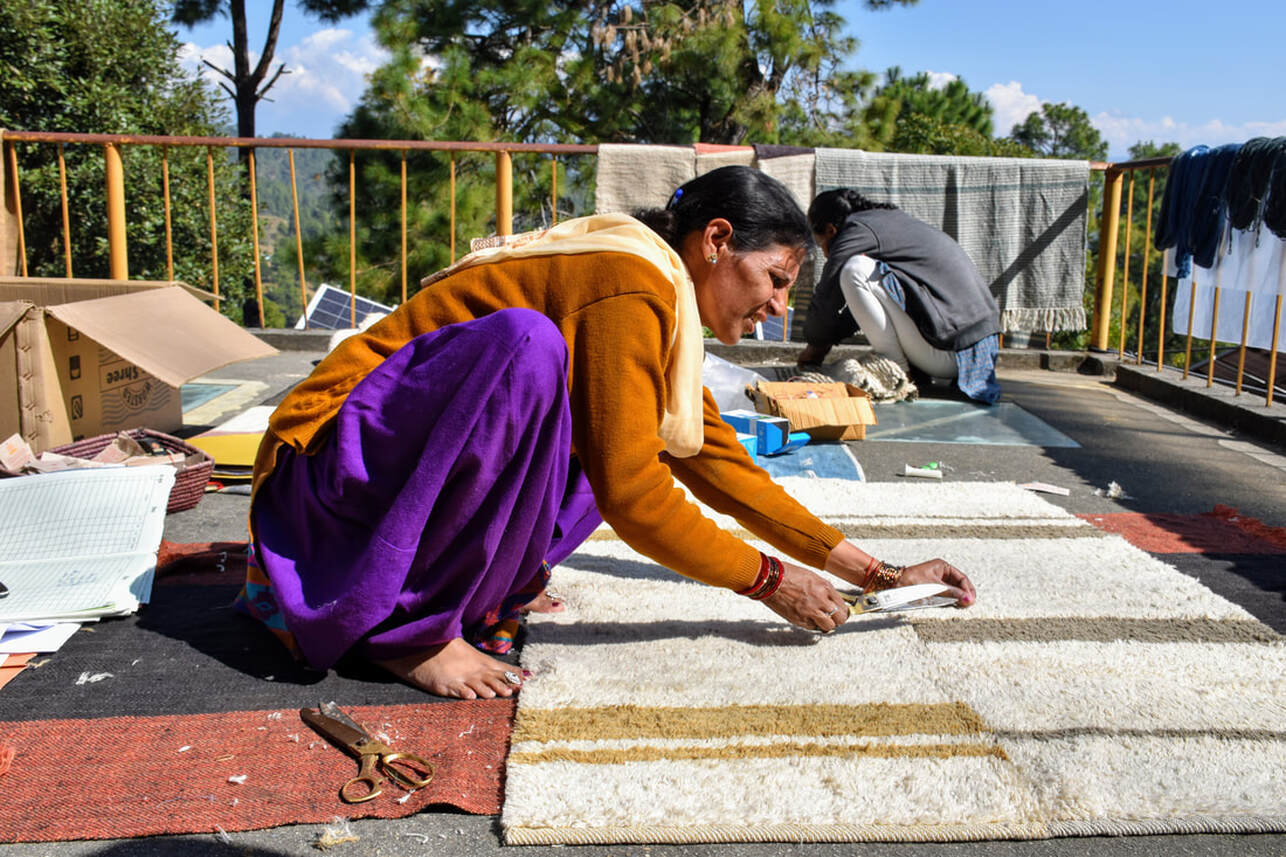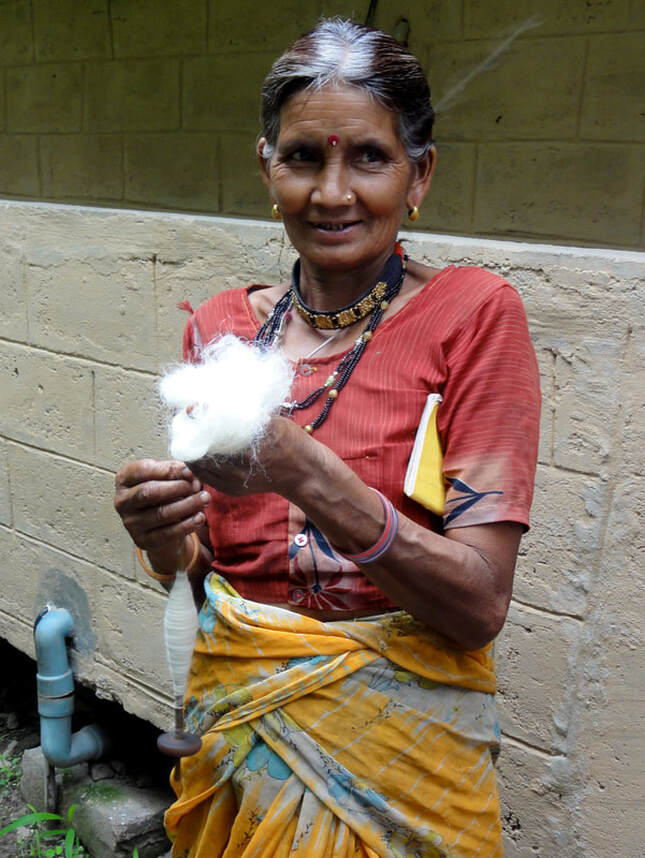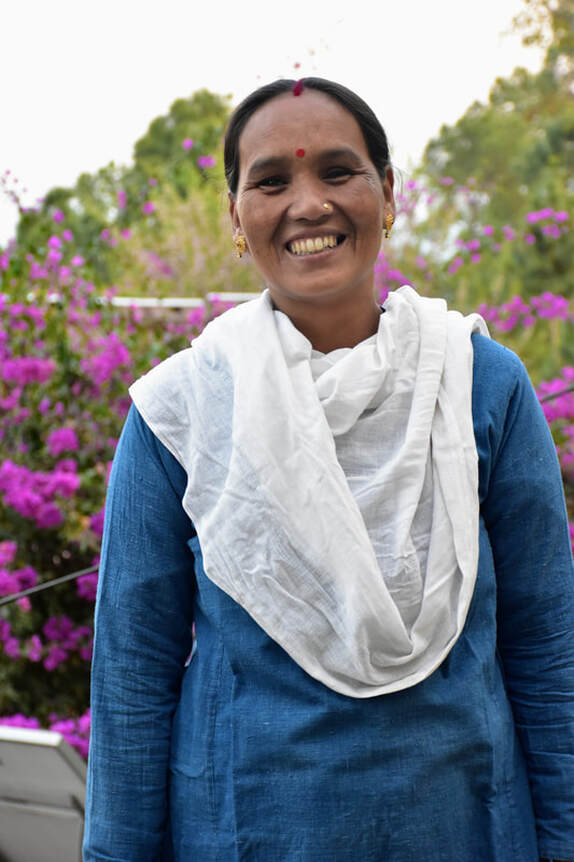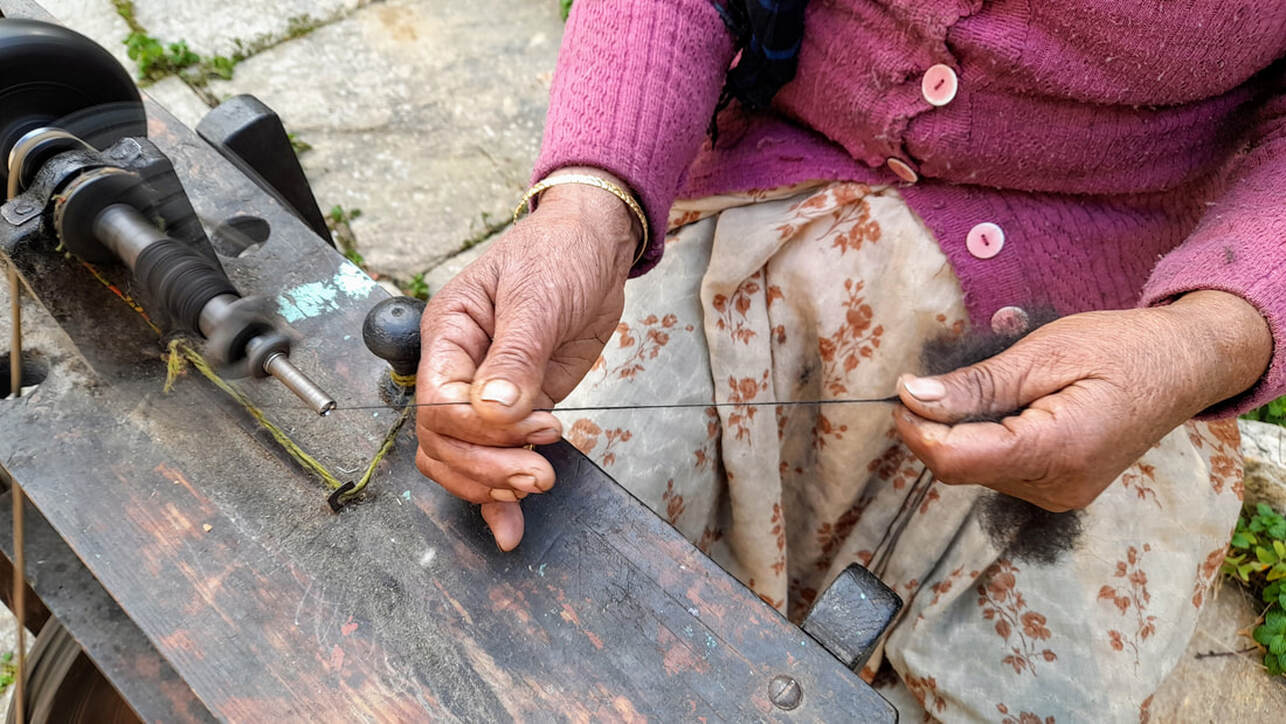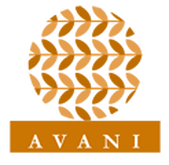From Farms to Fashion: Enhancing and Imparting Sustainable livelihood to Local Women through Avani Initiatives
By Avani Kumaon
Mother Nature is at her finest and fiercest up in the great Himalayan range. A worthy treasure trove of scenic beauty, untouched gratefully by the modern intrusiveness. Amidst these howling winds, rugged terrains, and inaccessible passes with gorgeous views lies stories of people, of communities adapting and evolving to the might of nature. People in Uttarakhand living in the higher Himalayan range found ways of coping with the climate, the terrain, the forage, and the accessibility to the plains. All this and more revolved around protecting themselves from the harsh cold leading to the development of various craft cultures. Agriculture was not a viable source of income in the steep slope of the mountains; hence livestock became the mainstay.
Rooted in Traditions : Craft of Bhotiya's
Most of the people in these regions hence have known to be nomadic or semi-nomadic in nature, tending to their livestock. The livestock was a source of milk, butter, and meat for them, and constituted the main part of their diets. The by-product such as wool from domestic animals such as Sheep, Yak, Goats, etc. was readily available raw material for protection against the severe cold. The wool was used to create personal gear to keep themselves warm during the day and various kinds of home furnishing items were also crafted to keep the cold out at night. Woven shawls, knotted carpets, and layering of woollen garments were commonly found items. It’s interesting to note that knitting is incidentally a recent technique in comparison to weaving and felting. One such craft tradition is the making of the Thulma and Chutka.
Thulma is a fulled, foot-milled woollen blanket while Chutka is a weft-piled woollen blanket. Both these crafts have traditionally been practised by a native tribe of Uttarakhand, the Bhotiyas. Originally they were sheep and goat herders and migrated to higher altitudes during summers. They were on the move and got involved in trade with Tibet which shares its borders with Uttarakhand. Post-closing of the Indo-Tibet route in the year 1962, their travel was restricted, and they were under pressure to look for alternate means of livelihoods. Perhaps this was one of the key factors that led to the creation of a demand for these traditional blankets which were until then woven for personal use majorly. Being highly skilled and having mastered the art of making these products, the Bhotiyas enjoyed a monopoly in this profession for quite some time. Their way of life and impressive and effective skill of this craft is a story worth retelling. The use of the local sheep wool, also known as Harsil, as a sustainable raw material and its lifecycle within the local ecology is particularly relevant in today’s growing awareness and action regarding sustainable fashion, slow fashion, and reduction of carbon footprint.
There has also been a major shift in the lifestyle of the Bhotiyas and turn, affected the craft itself. As cheaper substitutes became available in the market, the demand for these hand-woven products considerably reduced. The community faced fierce competition from mass-produced synthetic alternatives. Development in the region also brought with it, new job opportunities with fixed income which resulted in the younger generation of the Bhotiya community moving further and further away from their crafts. Gunjan Singh in their book “Thulma and Chutka: rediscovering traditions of the Shauka textiles” has noted the illuminating history of the Bhotiya community and their way of life and craft.
The practice of using wool by the Bhotiyas isn’t easily traced back to a particular time period. The need for protection and the availability of wool may have led to the practice. Traditionally, the women of the house used to weave fabric out of yarn spun from the wool obtained from the sheep reared by themselves. They also wove woollen shawls called Pankhi and hand-woven carpets called Dun/ Danna. These products continue to be made in the region. Vimala didi, a spinner, and weaver at the Dharamgarh centre says that being Bhotiya and practicing these crafts are a way of life for her. Till day, she says, handwoven Harsil wool carpets, durees, Pankhi are included in the bride’s trousseau. Although subsequent contemporary machine manufactured products reduced the need and the demand for these products. Over the years, weaving became deeply integrated into household activities and the looms became stationed in close vicinity to every house. Though it has always been an essential part of the Bhotiya way of life. The entire process spreads over the year and each member of the family is involved. Traditional practices equipped them with a wide range of skills. The whole task from the pre-processes – rearing, shearing, spinning, weaving, and the final finishing of the products was done by the Bhotiyas themselves.
Rise of Avani
In the year 1996, Avani was set up in a small village – Tripuradevi in the lap of the Himalayas. It was an initiative by the Social Work and Research Centre, Tilonia, Rajasthan. Owing to the lack of electricity in the region, the main objective of Avani was to generate solar power for the villagers. Efforts were made to use solar panels in the region of Kumaon. In the initial stage, the program was not as successful as anticipated. The income of the people was too low to afford solar panels. Herein comes the initiative of reviving traditional crafts to generate income for the people and provide a means of alternate livelihood. Today the activities of the organization can be divided into two categories, solar power generation, and textiles-based livelihood. Capacity building was an essential part of the initiative. Training programs were conducted to teach people the technique of assembling and repairing solar panels as it was a completely new concept for them. Such workshops are conducted for the textile department. They include dyeing, sericulture, spinning, and weaving. Avani has been successful in identifying the need of the hour and is to date working for the same cause.
New centres were opened in nearby villages. At present Avani has 7 centres with the one in Tripuradevi being the main that regulates the activities of the rest. Each centre specialises in a particular activity.
Lalita didi, centre supervisor at Dharamgarh says that being with Avani have given her immense confidence and has many stories to share that has given her the courage to face life’s challenges. Riding proudly on her Scooty, weaving, and managing a centre, she is a key contact point among artisans of Dharamgarh.
Vocal for Local
The Women SHGs are involved in the collection of locally available raw material such eupatorium, marigold, walnut shells, tea powder, and the likes for dyeing needs of the centres. Once the need for specialised design inputs was identified, Avani has been constantly working with talented designers to bridge the market gaps and equip the women artisans with abilities to cope with the demands of the fashion market. In all the field centres of Avani, electricity is generated from solar power. Avani also aims to ensure that they generate the least amount of waste. So, at every stage of the process, we aim to ensure maximum utilisation of minimal resources. Whatever waste is generated, is not toxic and can be used for agriculture purposes in case of water and composting in case of other natural materials. The circular economy is one of our core goals. The local sheep wool used in Avani centres for years, known as Harsil owing to its location comes in natural shades of grey, brown, cream, and black. The fleece is thick and warm, perfect for the mountain cold. With the input of designers and the building knowledge of the market, Avani has over the years developed a wide range of products made of local wool. They include handwoven shawls, stoles, handknitted mufflers, tweeds, readymade garments, home furnishing items like cushion covers and throws. We also moved into catering to businesses that required our hand-spun yarn, custom woven fabrics, and naturally dyed woollens. A farm and forest-driven initiative, Avani has strived to create a sustainable way of life for the community and is grateful to be working with such talented artisans both traditional and trained from the Kumaon communities and hope to leave the world in a better place for coming generations.
|
20/03/2021
|
Explore | Share
|
|
Diwita Mathivanan | Avani Kumaon
|
Diwita is the Marketing Manager at Avani. She is also an artist and eager to learn of the many sustainable practices inherent in our traditions.
Avani Kumaon, nestled in the Himalayas, is an endeavour to bring about a circular socio-economic lifestyle that is sustainable and enriching for both the people and the environment. The name “Avani” comes from the Hindi word for Earth. Avani creates opportunities for rural women and men to find viable employment through a self-sufficient and environmentally sustainable supply chain. Every business decision related to Avani products is guided by a strong responsibility toward environmental best practices and sensitivity to the cultural context of the villages where we work. |
